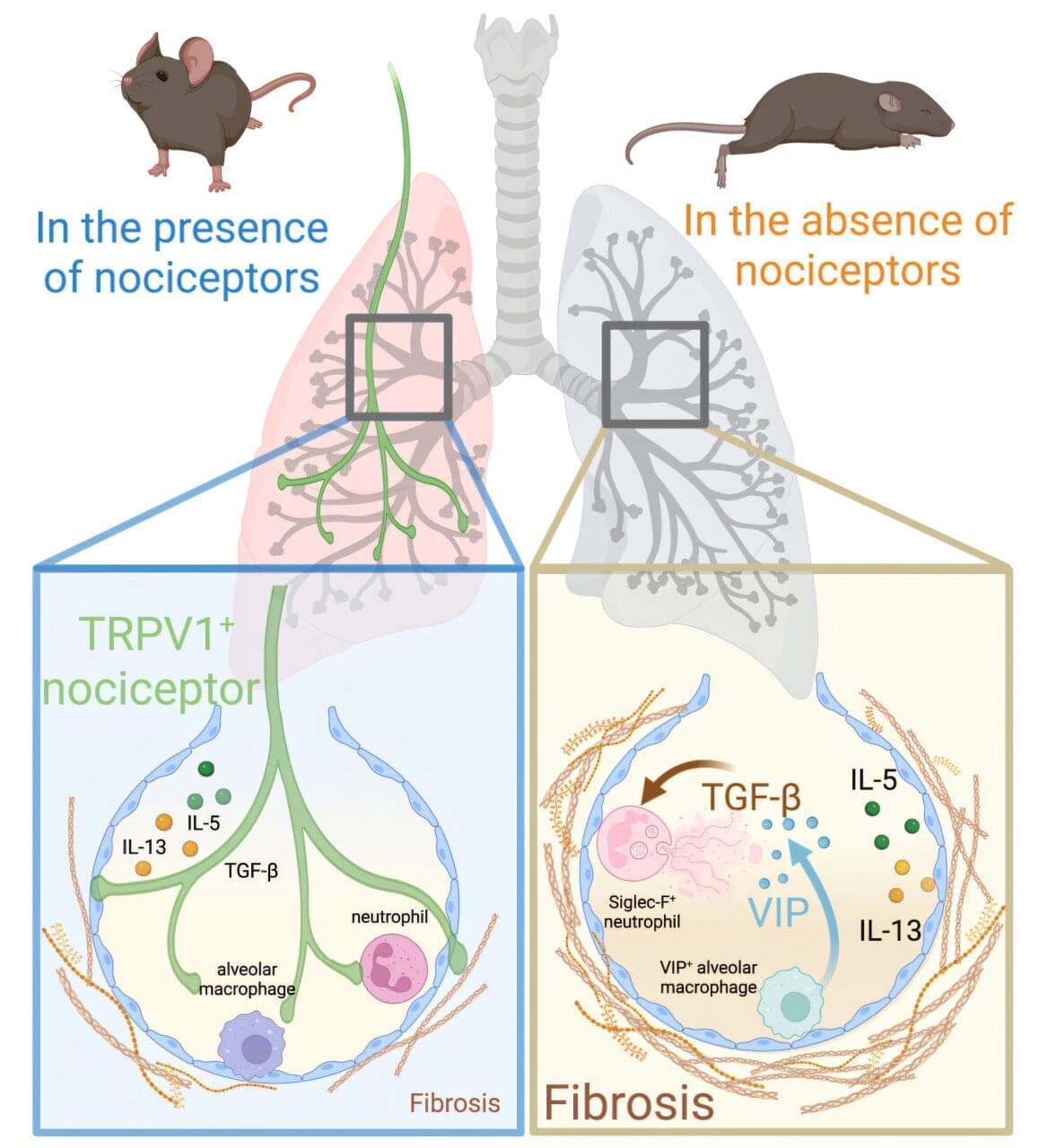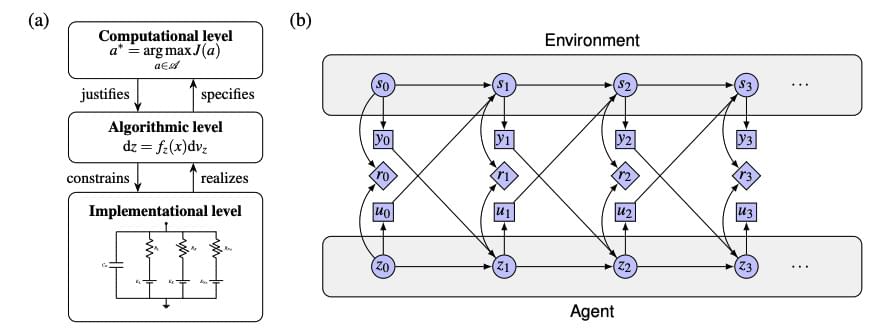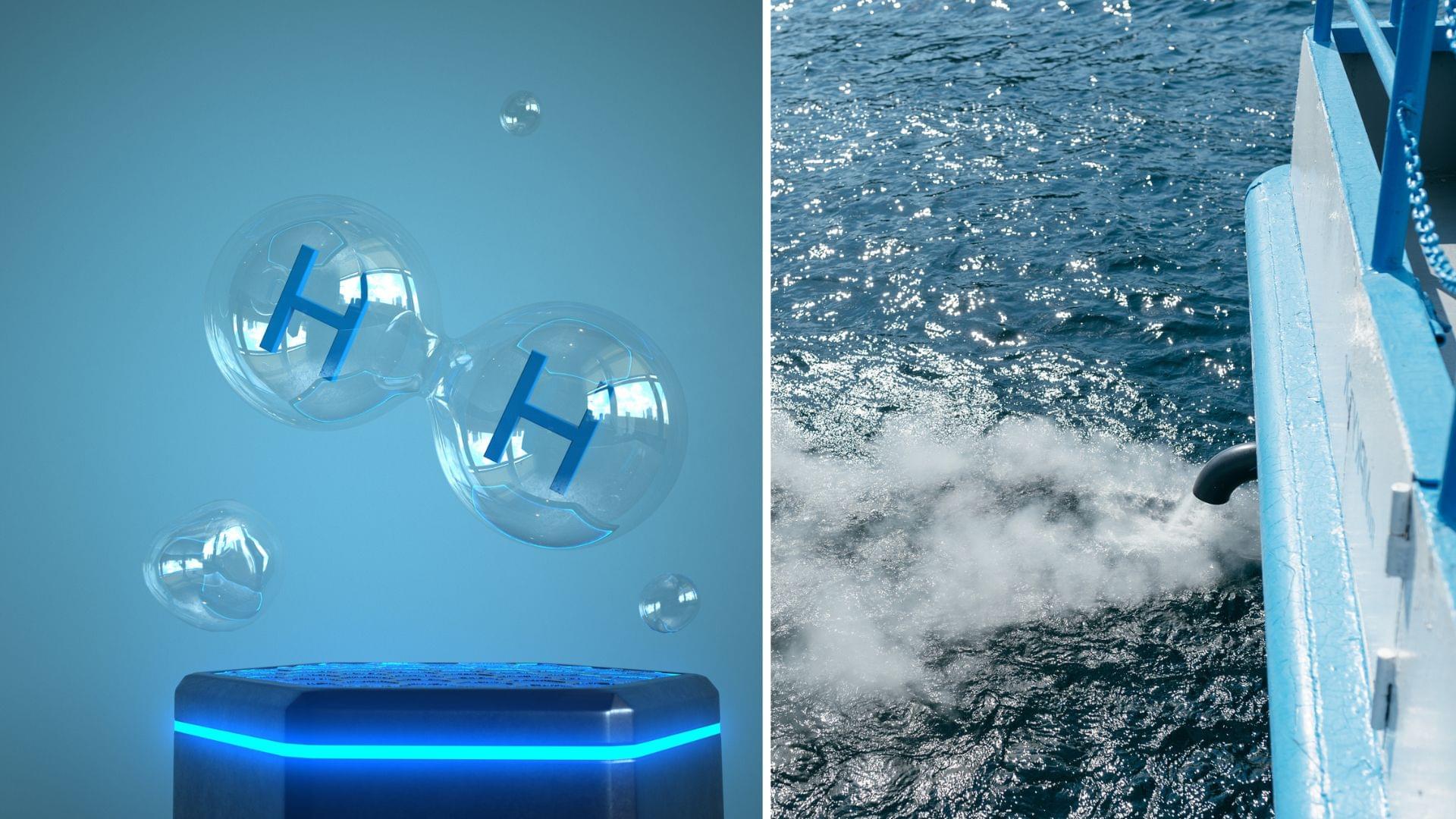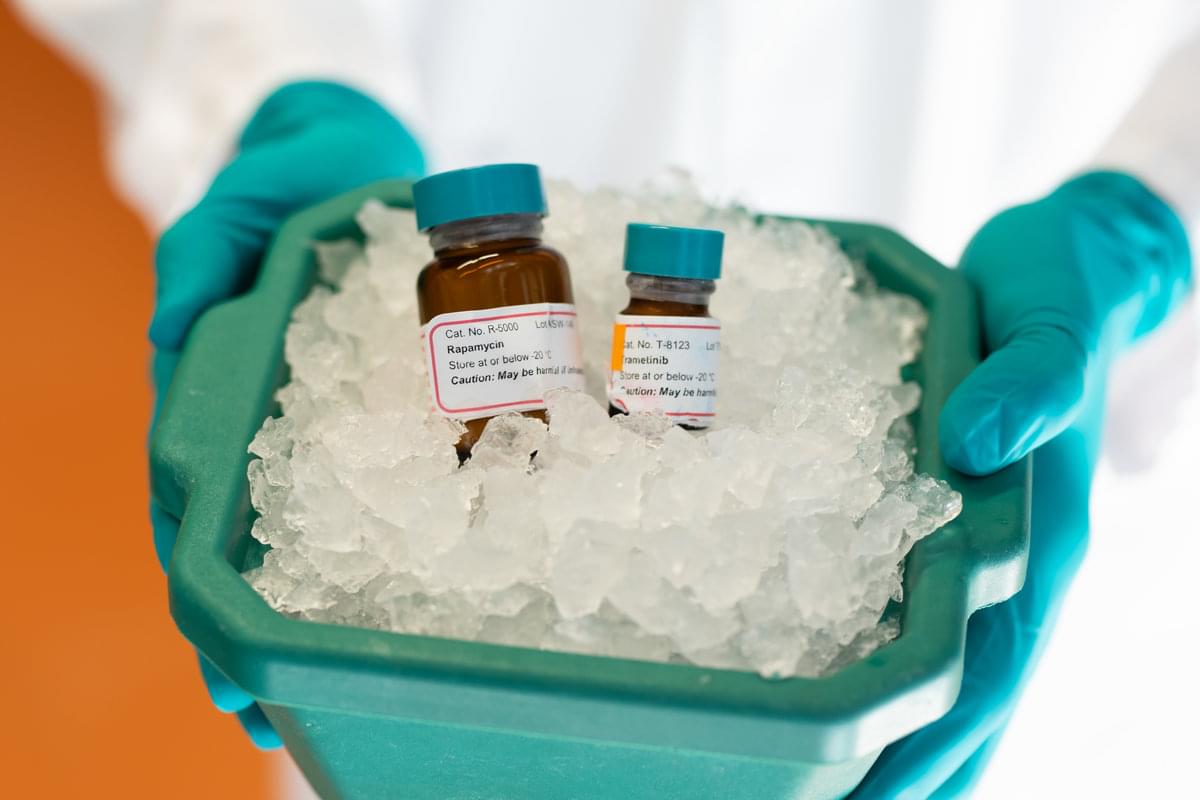Imagine a battery that you never have to recharge, we are not talking about a power bank or a battery that does not need to be charged for days, but something capable of producing electricity for the next 5,700 years… We know it is an exaggeration (and that we are not going to be able to check if it is true), but they are creating a diamond battery with carbon-14 that could be the solution for all those coworkers who arrive at the office with 30% battery on their phones.
The project comes from researchers at the University of Bristol together with the California startup NDB Inc. The idea seems very simple as a concept (and a dream for a few), although it is something huge if we stop to think, taking advantage of nuclear waste, encapsulating it in synthetic diamond (generated in a laboratory) and turning it into a safe, stable and practically eternal source of energy.







